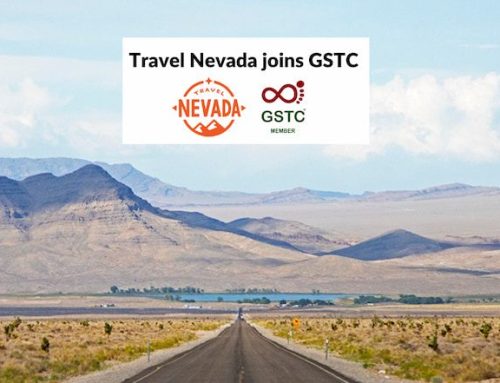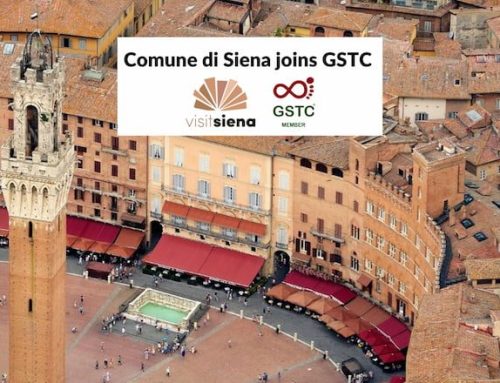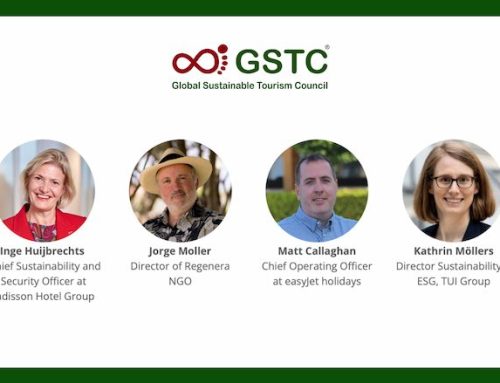
As you travel, you may begin to notice that more hotels and destinations are promoting themselves as accessible and handicapped-friendly. As research emerges that shows the strength of the accessible tourism market, destinations, tour operators, and hotels are right to take notice and make appropriate changes in order to capture this new and important market.
A few years back I was traveling throughout New Zealand – a stunningly beautiful country – and couldn’t help notice that at nearly every tourist attraction there were displays in Braille. Many of the sites I visited were located in nature and required some type of physical activity to access them. What struck me as interesting about this was that while the sites themselves were not naturally handicapped accessible, actions were taken to make many as manageable as possible by installing ramps and constructing lookout points. I didn’t know it at the time, but what I was witnessing was ‘accessible tourism’.
Accessible Tourism, or ‘Tourism for All’, is making travel and tourism destinations, products, and information suitable for all those who have particular accessibility needs, including mobility, vision, hearing and cognitive dimensions of access, and even parents traveling with children. Even though accessible tourism is not a new concept, it has only recently been brought to the forefront as tour operators, businesses, and destinations are beginning to take notice to the increasing demand for accessibility – according to the Sustainable Tourism Cooperative Research Centre in Australia some 88% of people with physical disabilities take a holiday each year. And with disabled American adults alone spending an average of $13.6 billion a year on travel, it goes to show that this is an important market to the tourism industry that should not be overlooked.
So, what should be done?
While many historical and highly sensitive environmental sites are not yet equipped for accessible tourism (particularly in developing countries), this is slowly beginning to change. There are plenty of resources available that lay out guidelines and best practices for implementing accessible tourism in a respectful manner, such as The Society for Accessible Travel & Hospitality and The European Network for Accessible Tourism. While implementing accessibility at each hotel, restaurant, and tourist site is ultimately up to each individual owner, the decision to become more accessible should really be a collective one. This is because disabled travelers are more likely to choose destinations that have the most accessible options in terms of hotels, restaurants, public transportation, and tourist attractions (with accessible accommodation laying the foundation of any visit).
In developing its criteria, The Global Sustainable Tourism Criteria (GSTC) also recognized the importance of accessible tourism. The GSTC for Destinations states that, “Key tourist attraction sites with infrastructure and facilities in the destination, including accommodations, food & beverage facilities, as well as means of transportation to the site, are accessible to persons with special needs, where appropriate; all legal requirements regarding access are met”. The GSTC for Hotels & Tour Operators also includes a statement on accessibility needs.
At VEGA we – together with our members – have experience working in accessible tourism in different corners of the globe. As an alliance, VEGA has several members that specialize in tourism development, including qualifications in accessible tourism development.
As an example, Florida International Volunteer Corps (FAVACA) helped an old hotel in Haiti to improve accessibility for people with special needs. Aid to Artisans (ATA) creates economic opportunities for artisan groups and generally, craft is a good income generating fit for many disabled people. Just as accessible tourism is becoming more mainstream, so are artisan cooperatives for disabled people. Craft workshops led by disabled people could be a great way to target travel parties that have accessibility needs, since craft is generally an activity that can be enjoyed by all.

Aid to Artisans, a VEGA Member, at Work in Haiti
Everyone should have the right to travel, should they choose to, and be able to explore even the farthest edge of the globe. Accessible tourism certainly makes this more possible. It gives those with accessibility needs, as well as their traveling companions, more options to choose from. It strives for equality and helps make the world a more open place. It seems that this once foreign concept is becoming more accepted and I’m excited to see how more destinations, hotels, and tour operators incorporate accessible tourism into their offerings.
How is your organization incorporating accessible tourism into its offerings?
—–
Sources
– Sustainable Tourism Cooperative Research Centre (2008). Accessible Tourism: understanding an evolving aspect of Australian tourism
– European Network for Accessible Tourism
– Society for Accessible Travel & Hospitality




